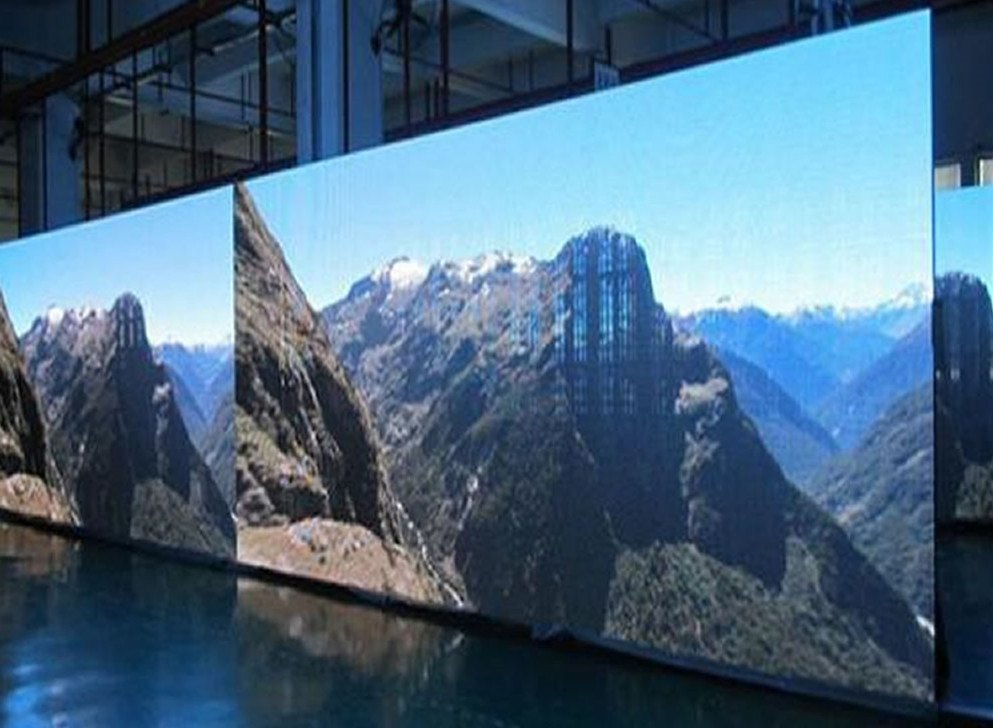No products in the cart.
Company news
Questions to understand when using LED screen displays
In order to help more customers use LED screens more proficiently and effectively, we have summarized some knowledge that must be considered and understood in the use of LED screens. Users who are not very proficient in using LED screens can take it seriously. After reading this article, I believe you will definitely gain something.
Factors that must be considered when using LED screens:
1. Consider the screen area that the user’s site can allow
(1) The relationship between effective line of sight and actual site size;
(2) Pixel size and resolution;
(3) Estimating the area based on units;
(4) The installation location and environment of the display screen;
(5) Space for mechanical installation and maintenance of the screen body;
(6) The influence of screen tilt angle on distance.
2. Users need to achieve the expected playback effect
(1) Text display: Depending on its text size and resolution requirements;
(2) Normal video display: 320 x 240 dot matrix;
(3) Digital standard DVD display: ≥ 640 × 480 dot matrix;
(4) Complete computer video: ≥ 800 × 600 dot matrix;
(5) The customer designs the display resolution themselves;
3. Environmental brightness affects screen brightness
The general brightness requirements are as follows:
(1) Indoor:>800CD/M2
(2) Half indoor:>2000CD/M2
(3) Outdoor (facing south and north):>4000CD/M2
(4) Outdoor (facing north and south):>8000CD/M2
4. Brightness requirements for red, green, and blue in terms of white composition
Red, green, and blue contribute differently to the quality of white. The fundamental reason is that the retina of the human eye perceives different wavelengths of light differently. After extensive experimental verification, the following approximate proportions have been obtained for reference design:
① The simple red green blue brightness ratio is 3:6:1
② The precise red green blue brightness ratio is 3.0:5.9:1.1
5. High end full-color display screens require pure green tubes
In the actual production of LED display screens, three primary color LED chips with high luminous efficiency and the ability to obtain rich and bright color display should be selected, so that the area of the color triangle in the chromaticity chart is as close as possible to the tongue shaped spectral color curve, in order to meet the rich colors and emit sufficient brightness. The top of the tongue shaped curve is 515nm wavelength light. Therefore, high-end LED display screens choose pure green color LED chips with wavelengths close to 515nm, such as 520nm LED tubes with a wavelength of 525nm or 530nm.
6. How to calculate the brightness of an LED single tube under clear requirements for brightness and point density?
The calculation method is as follows: (Taking two red, one green, and one blue as examples)
Red LED brightness: brightness (CD)/M2 ÷ points/M2 × 0.3 ÷ 2
Green LED brightness: brightness (CD)/M2 ÷ points/M2 × 0.6
Blue LED brightness: brightness (CD)/M2 ÷ point

